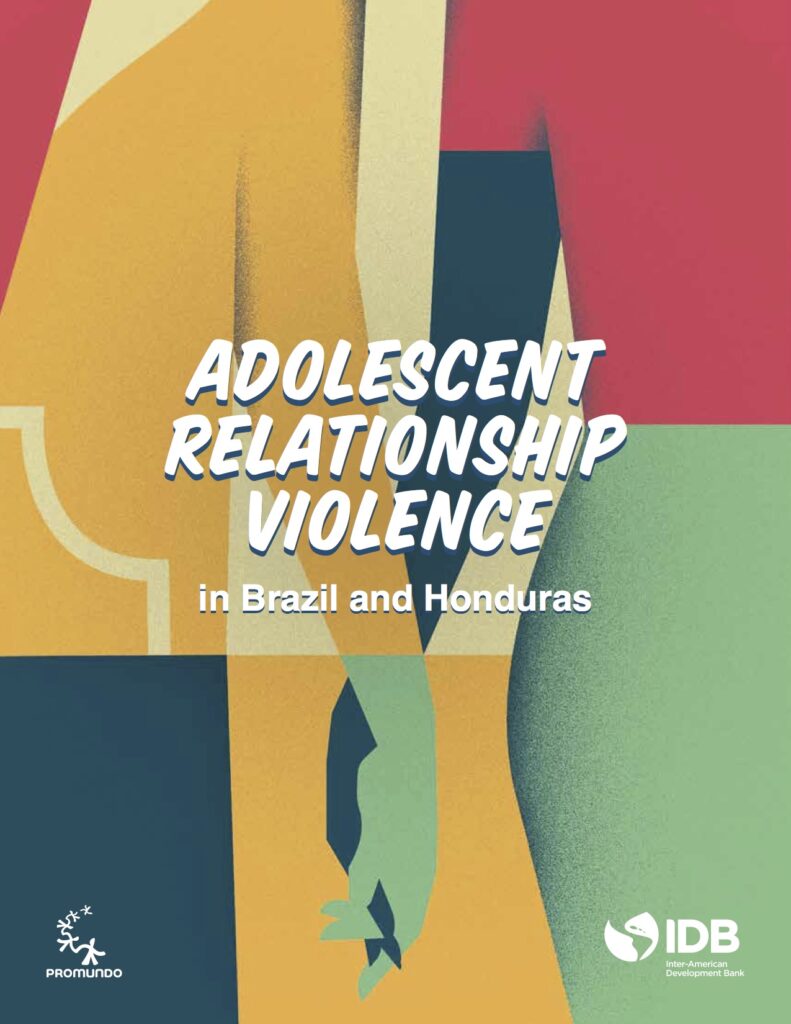What puts adolescents at risk of experiencing relationship violence? In 2015, Equimundo and the Inter-American Development Bank carried out a qualitative study to examine risk and protective factors surrounding adolescent intimate partner violence (IPV) in urban and rural sites of Brazil and Honduras. The teams conducted focus groups and a total of 147 in-depth interviews with girls/young women and boys/young men aged 14 to 24 years.
Findings in the report underscore that adolescents generally recognize physical violence as such, but rarely identify or problematize controlling behaviors that were pervasive throughout this research. Rigid and inequitable gender norms around sexuality support sexual and other forms of violence. Norms also discourage intervening in couples’ affairs and seeking help. Reciprocal violence, i.e., the use of IPV by both members of a couple, was especially common among adolescents in the urban Brazilian site, although girls were still more likely to be victims of physical and sexual IPV. Strategies for programs and research are offered based on the findings.
Read and download the executive summary in English, Spanish, and Portuguese here.

